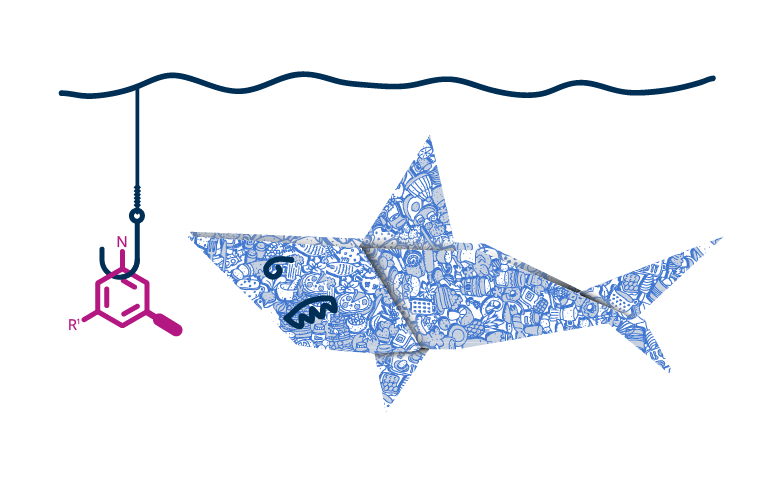Food industry professionals, researchers and consumers receive considerable information on food, nutrition and health. Exposure to articles, recordings and opinions that are presented as scientific but that are pseudoscience has the potential to influence awareness, knowledge and decision-making abilities.
A significant issue
Today, work published in predatory journals accounts for a staggering fifth of global scientific output, according to one study. That amounts to almost half a million articles a year, with the financial spend attached to these estimated at between $75-100 million annually.
The research published in these titles is unlikely to have undergone a thorough peer review process. And while it won’t necessarily be pseudoscience, there are no checks to ensure the credibility of the research undertaken or conclusions drawn.
The result is that, through predatory journals, any reader or researcher can access information of questionable quality online. Without the protections built into traditional models of scholarly publishing, such as peer review, it is extremely difficult to tell what research is credible and what is not.
Predatory journals can, therefore, be a source of fake science, spreading misinformation through the academic community and potentially undermining public trust in published research.
“It’s a huge and sadly endemic problem in the scholarly communications world today,” according to Carol Hollier, formerly the Senior Information Literacy and Outreach Manager at IFIS Publishing.
Sharing insights on avoiding pseudoscience
Hollier, now Sciences Reference & Outreach Librarian at the University of Iowa, discussed how food industry researchers and students can bypass the fearmongering and confusion created by pseudoscience during a webinar EBSCO co-hosted with IFIS earlier this year.
The first step is to understand the issue.
Jeffrey Beale, a librarian at the University of Colorado, was the first to coin the term ‘predatory journals.’ It is a phenomenon that has gained traction by taking advantage of the shift in the academic publishing landscape brought about by the rise of Open Access content.
In 2022, Simon Linacre wrote a book called The Predator Effect. He defined predatory journals as “deceptive and often fake, given the appearance of legitimate peer-reviewed journals and impact academic stakeholders by exploiting the Open Access model while using misleading tactics to solicit article submissions.”
While there are many Open Access journals that are not predatory, Hollier explained that predatory journals “thrive on some of the vulnerabilities that have been made available through the shift from a print journal publishing atmosphere to one where things are available for Open Access.”
Predatory journals can also be called pseudo-journals, fake journals, deceptive journals, or shell journals. And the issue isn’t just limited to journals. In parallel, the scholarly information market has witnessed the rise of predatory conferences, predatory books and predatory repositories, Hollier explained.
How do predatory journals exploit Open Access?
In traditional publishing models, typically, either a library subscribes to the journal or an individual pays to access an article.
Open Access has turned this on its head. While there are various models, typically, a charge is paid to the journal by the author(s), institution, or funding body when an article has been accepted, having gone through the peer review process. When published, the article is free to read at the point of access for everyone - researchers, students, consumers, journalists and the wider food and health sphere.
The publishers of predatory journals prey on this system, accepting articles with little editorial scrutiny in order to collect publication fees from the authors.
Separating fact from fiction
Six key characteristics help researchers and students identify a predatory journal. While a single indicator may not confirm misinformation or deception, several of these characteristics warrant further investigation before citing them in your research.
- Peer review
If a journal states it offers peer review without evidence of how it selects or screens publications, it may be a cause for concern. Often, predatory journals will also offer quick turnaround times for peer review, typically less than a week, or an accelerated service that requires an increased fee to entice submissions.
- Editorial boards
Predatory journals may feature individuals on their boards without their consent. Conducting a search for a particular member may be fruitless as they are not connected to the affiliations listed on their board entries. Publishers with various journals may display the names of individuals on boards with multiple titles and submissions. When scrutinized more closely, these may not even be in the same research field.
- Affiliations
Proclaiming or suggesting they are linked to renowned institutions and organizations without their knowledge or approval is another red flag, indicating a journal may be deceptive and designed to mislead.
- Indexing databases
Predatory journals may infer they are indexed in credible journal indexes by giving themselves a similar name to a legitimate journal. This false claim aims to deceive users into believing it is a legitimate journal.
- Impact factor claims
Claims of high Impact Factors are a characteristic predatory journals use to suggest legitimacy. The lie is easy to spot, as there is only one legitimate ‘Impact Factor’: Clarivate Analytics’ Journal Impact Factor (JIF).
- Scrutinize location
Predatory journals often fail to give an address. When they do, they are often in the United States or the United Kingdom. However, individuals named on the journal’s website often have other locations listed. If they give postcodes or zip codes, search for these in Google Maps to check their authenticity.
Spotting pseudoscience
While these characteristics are useful, Hollier explained that researchers and students cannot go by any one characteristic alone to identify whether a journal is predatory or not. Instead, a balance of characteristics must be considered to help determine whether a journal is suspect and should be avoided.
Researchers and students can ensure they exclude predatory journals and articles from their research by using trusted resources, such as the FSTA database or FSTA with Full Text, for searching scientific literature on food science and nutrition.
The team of food scientists at IFIS Publishing, which produces FSTA, are experts at assessing predatory content. Each journal indexed in the FSTA database will have passed a meticulous 60-point predatory checklist, meaning we bring you the gold standard in science you can trust.



